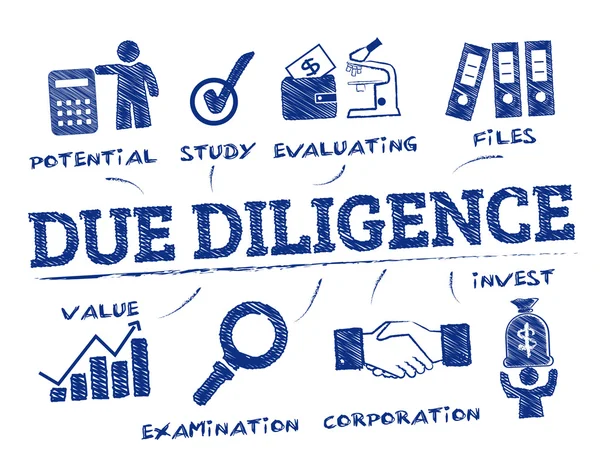According to Otto Scharmer, we are “collectively creating results that (almost) nobody wants.”
The problem is that, in facing crucial changes, we tend to use our previous experience to project the future.
However, the future needs new solutions and a new approach. A change in direction is needed. It can be said that we learn from the past, but “learning by sensing and actualising emerging future possibilities” would be much more effective.
Theory U describes the process of bringing something new into the world as a generic U-shaped process starting with different levels of perception and moving through generative, presencing and prototyping processes (Scharmer, 2007).
Theory U comprises both a theoretical perspective and a practical social technology. As a theoretical perspective, the theory suggests that how a situation emerges is strongly influenced by the way an individual interprets and understands it.
As a practical social technology, Theory U offers a set of principles and practices arranged around a U-shape.
These are designed for collectively creating the future that wants to emerge when moving from co-initiating via co-sensing, co-inspiring, and co-creating to co-evolving
Applying the Theory U in organisational settings enables employees to discover how they can use their potential and contribute, through collaborating with others, to realize important aspects of a shared vision.
Applying the Theory U requires Individuals and groups to move through the U connect to their authentic selves.
Moving down the left side of the U guides to presencing that is the ability to sense and bring one’s highest future potential into the present.
As individuals and groups move up and down the U, they experience the opening of minds, hearts, and wills.
Compared to other change management approaches, that lack an overall methodology and constructivist understanding of how innovation could be understood from a future perspective.
An example of theory U in action is the concept of Living Labs, which are research and development environments that focuses on exploring, prototyping, and testing sustainable solutions together customers in real life settings that are unique in the way that they organise research and development.
Although these lads were initially implemented for innovation in Information and Communication Technology (ICT) they act now as open innovation environments where user-driven innovation is integrated within the co-creation process of new services and societal infrastructures (Liedke et al., 2011; Pallot, 2008).
Applying the Theory U concept can be done is three phases the development phase, the vision phase, and the implementation phase. Theses phases are aligned with the knowledge processes of co-sensing and co-initiating (development phase), co-inspiring and co-creating (vision phase), and co-evolving (implementation phase).
The development phase is the longest phase which involves multiple activities running parallel.
This involves, applying a systemic action research and living lab approach which necessitates developing initiatives and ideas in close cooperation with the stakeholders, in their daily work.
This allows acting in an instant as Theory U suggests (i.e., presencing new solutions and taking up opportunities at the moment when they appear) (Scharmer, 2007b).
The vision phase of co-inspiring and co-creating involves introducing backgrounds, ideas, dreams, and interests concerning the organisation to each other.
According to theory U this is an important step as people tend to achieve the most in what they really like to do and what “wants to emerge from the future]” (Scharmer, 2007a).
This vision phase can be related to the Appreciative inquiry approach where individuals co-create the future they want to see.
The implementation stage of co-evolving requires team members to draw up activities that would facilitate the manifestation of the vision and mission.
These include communication, training, and execution of agreed items.
Chiedza Kadare is an OD Practitioner. You can get in touch with her on WhatsApp/call +263 77 283 0986 or Email chiedza.kadare@gmail.com
Paul Nyausaru is an OD Practitioner and leadership coach. For all your OD interventions and leadership development training you can get in touch with him on WhatsApp/call +263774062756 or Email pnyausaru@gmail.com




